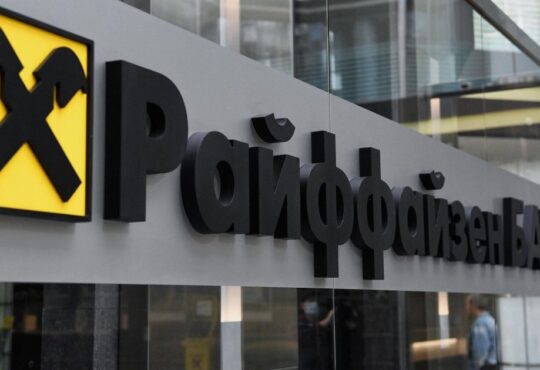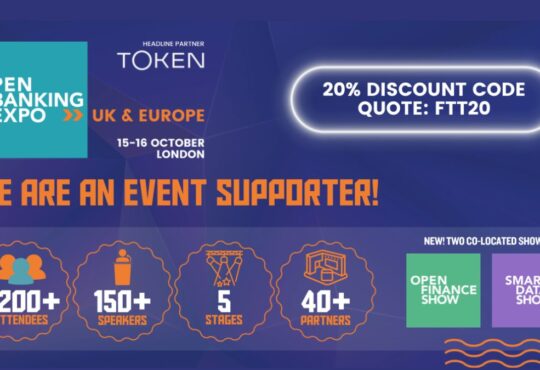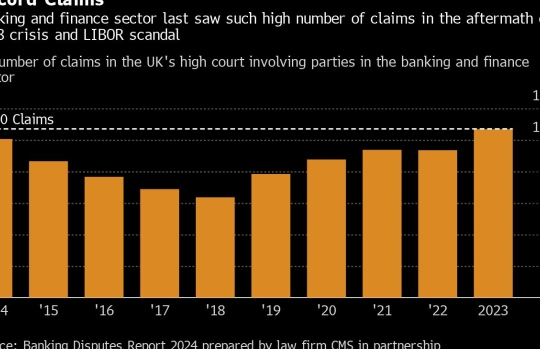
Full details of the trilogue compromise have yet to be disclosed, and it may be several weeks before draft legislation is published. But the key features of the agreement are:
- AMLA will directly supervise up to 40 financial institutions deemed to pose the highest risk of money laundering or terrorist financing, including at least one institution from each EU member state. This widens the scope of AMLA direct supervision from the original EC proposal, which was for AMLA to supervise 12 to 20 institutions.
- Institutions potentially subject to direct AMLA supervision will be – at least – those active in at least 6 EU countries and will include crypto asset service providers. AMLA will draw up the selection criteria for financial entities to be directly supervised.
- Direct supervision will be conducted by joint supervisory teams (JST) led by AMLA and including staff from the national AML authorities in countries where each institution is active. This follows the model for European Central Bank (ECB) supervision of the most significant banks in the European Banking Union.
- As well as directly supervising the highest-risk institutions, AMLA will coordinate supervision of other financial entities by national authorities. AMLA will have the power to impose binding settlements in the event of disagreement between national authorities.
- AMLA will also coordinate the work of national Financial Intelligence Units (FIUs), including supporting joint analysis and hosting the FIU information sharing platform FIU.net
Given the connections between AMLA, the enforcer, and the rules it will enforce, the co-legislators also reached a provisional agreement on elements of the wider money-laundering package. Negotiators agreed on several horizontal points that would harmonise anti-money laundering and anti-terrorist financing rules and help member states to apply them in a more uniform/consistent way.
The trilogue agreement leaves one issue outstanding: the location of AMLA’s headquarters. This will be decided in a separate negotiation between the EC, EP and Council. This is the first time that an EU agency’s location has been decided in this way (previously, EU agency locations were agreed among EU governments with little role for the EP), and follows a July 2022 ruling by the European Court of Justice that these decisions be made under the standard legislative procedure. Involving MEPs in the decision complicates the process and makes the outcome more difficult to predict. It also increases the risk of delay, even as the window of time remaining to pass legislation before the 2024 European elections narrows.
Nine cities have applied to host AMLA under a process launched by the EC in September: Brussels, Dublin, Frankfurt, Madrid, Paris, Riga, Rome, Vienna and Vilnius.. But despite much media speculation, it is impossible at this stage to predict which city will ultimately be chosen.






